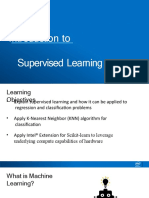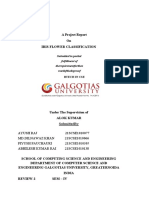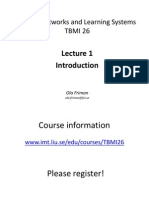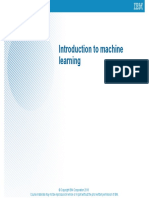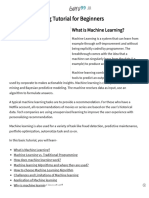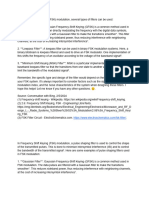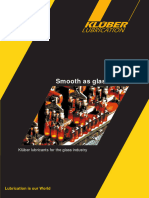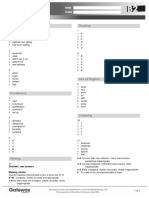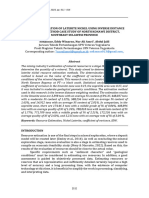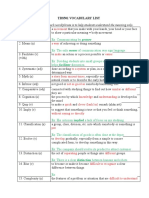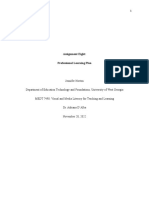0% found this document useful (0 votes)
64 views80 pagesIntroduction To ML
This document provides information about the Applied Machine Learning course MTDS 5143 offered at UTeM. The course will be delivered in a modular format from November to December 2019. It will cover topics such as machine learning concepts, algorithms, and workflows. Students must submit all work through the ULearn platform. The course is instructed by Dr. Noor Fazilla Binti Abd Yusof and Assoc. Prof. Ts. Dr. Choo Yun Huoy.
Uploaded by
yusufCopyright
© © All Rights Reserved
We take content rights seriously. If you suspect this is your content, claim it here.
Available Formats
Download as PDF, TXT or read online on Scribd
0% found this document useful (0 votes)
64 views80 pagesIntroduction To ML
This document provides information about the Applied Machine Learning course MTDS 5143 offered at UTeM. The course will be delivered in a modular format from November to December 2019. It will cover topics such as machine learning concepts, algorithms, and workflows. Students must submit all work through the ULearn platform. The course is instructed by Dr. Noor Fazilla Binti Abd Yusof and Assoc. Prof. Ts. Dr. Choo Yun Huoy.
Uploaded by
yusufCopyright
© © All Rights Reserved
We take content rights seriously. If you suspect this is your content, claim it here.
Available Formats
Download as PDF, TXT or read online on Scribd
/ 80




















